
Many positive signals
The cooperation program for controlling the quality of goods in Ho Chi Minh City, also known as "Responsible Green Tick", was launched by the Department of Industry and Trade of Ho Chi Minh City in 2024, aiming to improve the self-awareness of businesses in ensuring product quality. After more than a year and a half of implementation, the program has achieved its most important goal, becoming a tool to bind manufacturers to maintain their commitment to quality, while forming a community monitoring mechanism based on data transparency.
Currently, the program is being strongly implemented by the City's major distribution systems as a "quality commitment" placed right on the shelves. All participating products are attached with QR codes, allowing consumers to fully check the data: Quality certification, production log, transportation - distribution process, inspection period. This digitization helps to minimize counterfeiting and imitation, while strengthening the trust of buyers in the context of a volatile market.
Mr. Nguyen Nguyen Phuong, Deputy Director of the Department of Industry and Trade of Ho Chi Minh City, said that the program is still completely voluntary but has shown practical effectiveness beyond expectations. In addition, this program also motivates businesses to improve their production and post-inspection processes, thereby forming new quality standards in the retail market. As of November 7, 2025, the whole city had 481 suppliers registered to participate, with 3,925 products confirmed to meet the "Responsible Green Tick" standard. This figure continues to increase steadily, demonstrating the trend of shifting to responsible consumption and healthy competition.
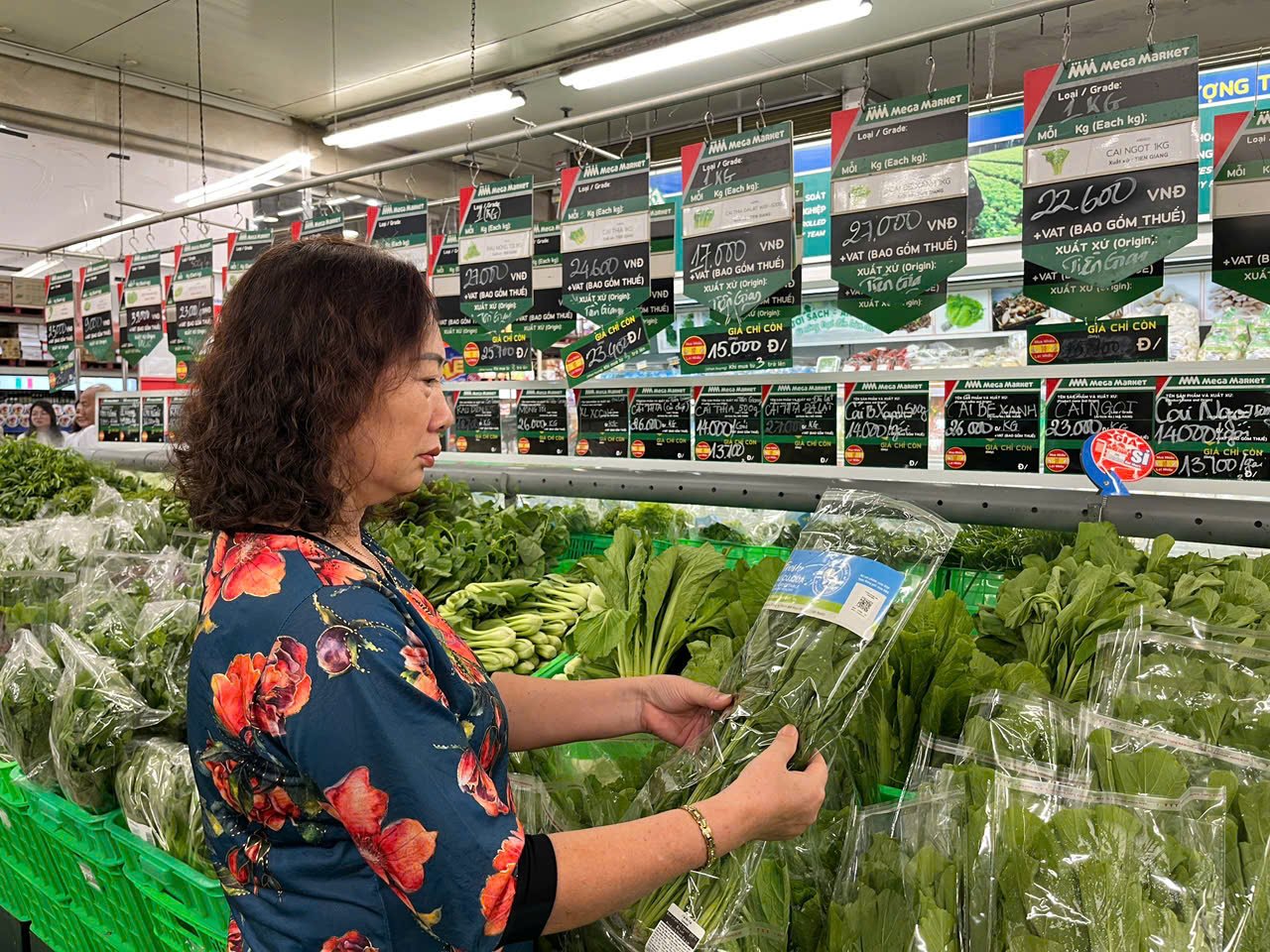
According to statistics from the Department of Industry and Trade of Ho Chi Minh City, the distribution systems leading in the number of "Responsible Green Tick" products include: Bach Hoa Xanh with about 1,558 products; Co.opmart supermarket with 1,179 products; Central Retail system with 393 products; Satra system with 105 products; GS25 with 38 products.
In addition, the trend of prioritizing consumption of products with green tick labels at supermarket systems also reflects a positive impact. At Bach Hoa Xanh, the product group with "Responsible Green Tick" recorded a growth rate of 6 - 7% per month, each month higher than the previous month. At Co.opmart and Central Retail, sales of this product group increased by an average of more than 20% compared to the time before implementation. From the above results, it can be seen that the program not only helps strengthen consumer confidence but also forms new behaviors, prioritizing the choice of products with clear origins, whose quality is verified by an independent third party.
A representative of the Co.opmart supermarket system said that currently, “Responsible Green Tick” is gradually becoming a criterion with real competitive value. Many distribution systems have included the program in their internal standards to evaluate suppliers. Notably, products with “Responsible Green Tick” are given priority in display and communication space and are also preferred by consumers to buy more.
Meanwhile, Ms. Nguyen Thi Bich Van, Communications Director of Central Retail Vietnam Group, said that after the initial hesitant implementation phase, most suppliers are now ready to participate in the program thanks to careful consultation. The Ho Chi Minh City Department of Industry and Trade has also transferred management software to support businesses in registering, controlling quality and accessing data, and there are positive signs.
Similarly, Mr. Dao Ha Trung, Chairman of the Ho Chi Minh City High Technology Association, said that consumers today not only care about safe goods but also want to see responsibility throughout the entire supply chain. “Responsible green tick” has met that need thanks to the application of blockchain in monitoring and continuously updating data related to products. This helps limit commercial fraud, protect business brands, and at the same time create a quality database to serve the State's management work.
Although there are still many positive signals, according to Mr. Nguyen Nguyen Phuong, after a period of implementation, the program still has some limitations such as unevenness between systems; some suppliers have not standardized labels and packaging according to traceability requirements... Therefore, in the coming time, the Department will continue to coordinate with businesses, associations and retail systems to remove these "bottlenecks", ensuring that the program is spread more widely and sustainably in the coming time.
Need to expand the program
According to the Ho Chi Minh City Department of Industry and Trade, the first results of the “Responsible Green Tick” program show great room for development in forming a transparent and safe commodity ecosystem. However, the actual implementation shows that the program is still mainly focused on fresh food and processed food, industries that require strict control processes from production to distribution.
The most prominent is the processed food group such as spices, sauces, kimchi, seaweed, frozen foods and traditional dishes. This is a group with a fast expansion rate with 558 registered products. However, only 233 of these products were confirmed to meet the "Responsible Green Tick" standard, accounting for 41.76%, significantly lower than the fresh food group. The reasons pointed out include complicated testing procedures, high assessment costs and the standardization of traceability records in processed food groups still facing many technical barriers.
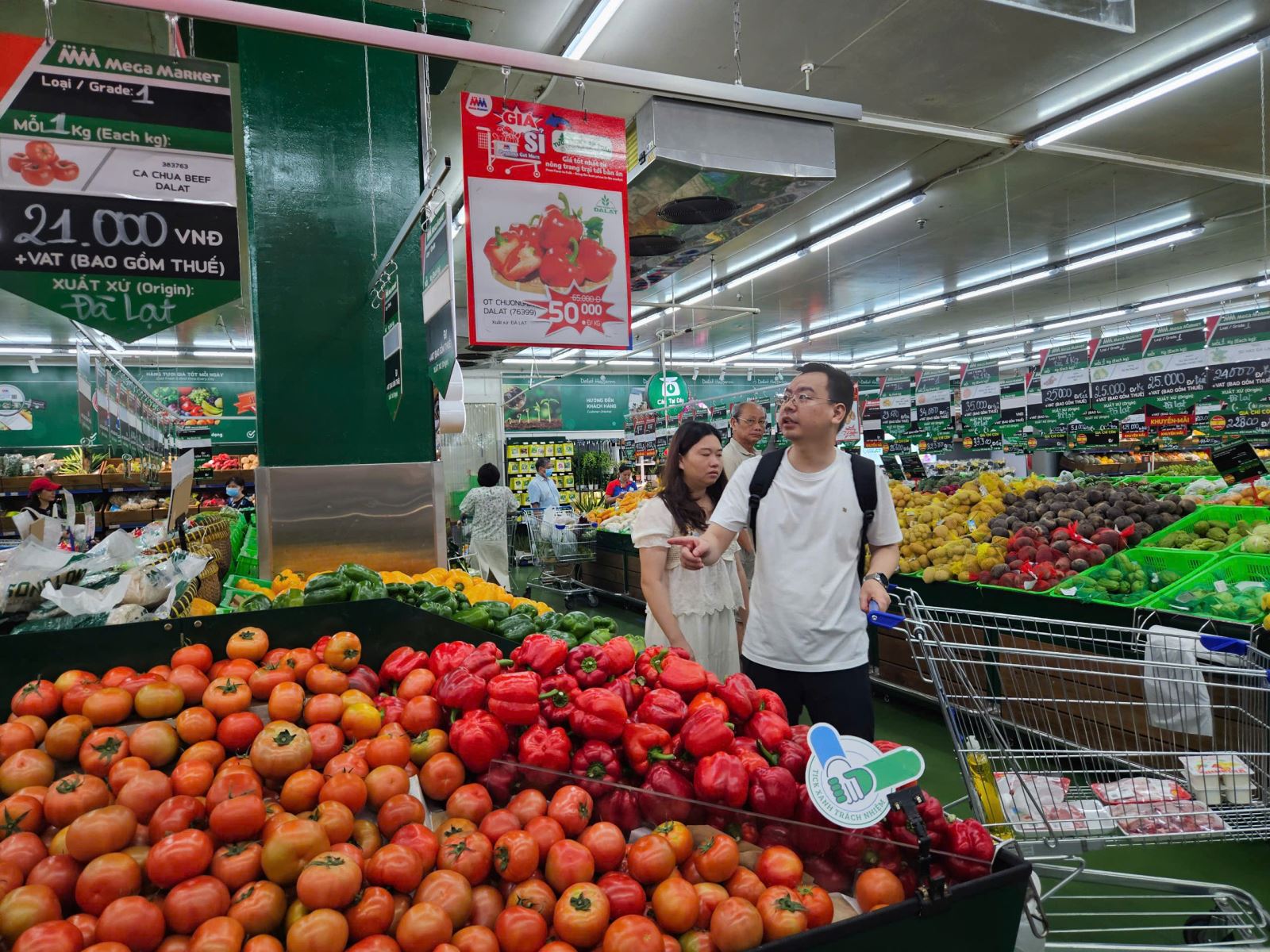
For the pork, poultry and poultry eggs group, which are products with high consumption, so far there are only 9 suppliers with 107 registered products; of which 105 products have been approved for the “Green Tick of Responsibility”. This shows a positive signal but also reflects that the rate of suppliers actively participating is still limited, and more support solutions are needed, especially in the process of standardizing data, labels and post-inspection procedures.
Meanwhile, consumers' need for traceability is going beyond the food industry, spreading to non-food groups such as household goods, cosmetics, and personal care products. According to Mr. Dao Ha Trung, this is an inevitable trend as consumers increasingly pay attention to health safety, raw material quality, and transparency of the entire supply chain. Therefore, Ho Chi Minh City needs to expand the program to product groups such as cosmetics, shampoo, children's toys, body care products, etc. to create a more comprehensive layer of protection for consumers. When monitored by the same standardized traceability system, businesses will also have an additional competitive advantage thanks to transparency and the ability to verify quality.
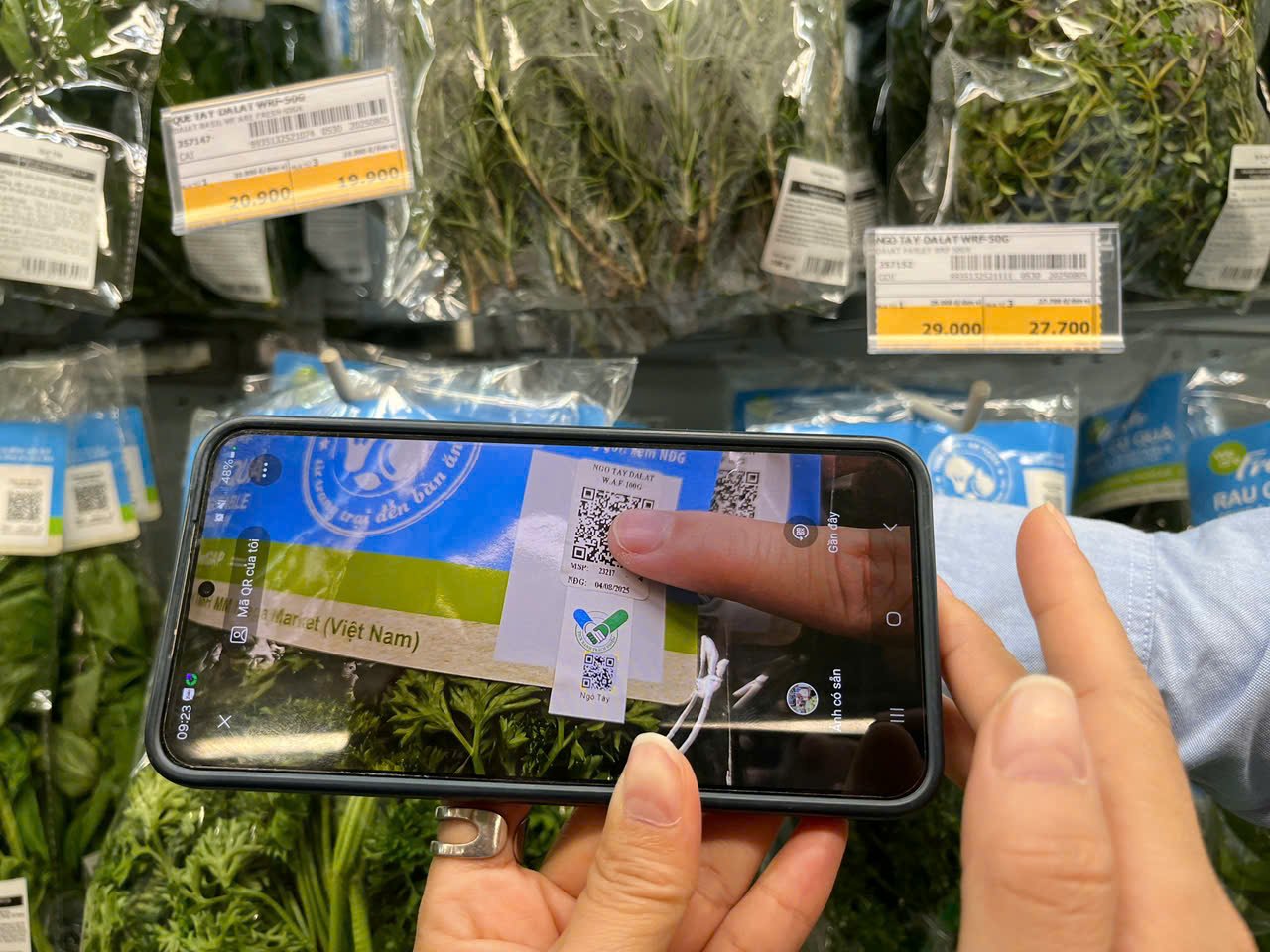
To prepare for the long-term development phase, Ho Chi Minh City is building a systematic traceability framework. Accordingly, the City People's Committee has also issued Decision 1546/QD-UBND approving the Plan for implementing, applying and managing the goods traceability system for the period 2026-2030 with three key objectives.
Firstly, raise awareness among enterprises, cooperatives and production organizations about the role of traceability, not only as a management support tool but also as a competitive advantage in the digital environment. Secondly, build a large-scale, two-way and synchronous traceability database, integrated with the National Product Traceability Portal to minimize the risk of counterfeiting and imitation and increase the ability to verify. Thirdly, promote enterprises to apply digital solutions in production management and supply chain control, thereby supporting management agencies in post-inspection work and contributing to forming responsible consumption habits in the community.
In addition, the Department of Industry and Trade of Ho Chi Minh City will continue to promote communication, training and technical standards consultancy for enterprises; at the same time, encourage small and medium enterprises (SMEs) to apply simple, low-cost traceability models while still ensuring accuracy. At the same time, the City will promote the application of digital technologies such as blockchain, open databases, and artificial intelligence to optimize the control process and update product information.
According to economic experts, when Ho Chi Minh City expands the program and standardizes traceability, it will not only improve the quality of goods but also bring great benefits to the consumer market of Ho Chi Minh City. Because once people can easily access product information, safe consumer behavior will be reinforced; businesses must be transparent to maintain trust; retail systems have a basis to determine quality standards to upgrade the shopping experience.
In the context of the City aiming for a civilized, healthy and actively competitive business environment, the “Responsible Green Tick” is expected to be an important pillar in the journey to build a safe and sustainable commodity market.
Source: https://baotintuc.vn/thi-truong-tien-te/nhan-rong-tick-xanh-trach-nhiem-de-nang-chat-luong-hang-hoa-20251114145631753.htm




![[Photo] Action for the Community tells stories of enduring journeys – both intimate and great, yet quiet and determined](https://vphoto.vietnam.vn/thumb/1200x675/vietnam/resource/IMAGE/2025/11/15/1763179022035_ai-dai-dieu-5828-jpg.webp)





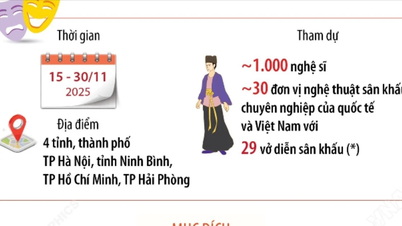

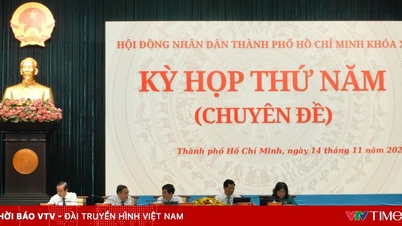

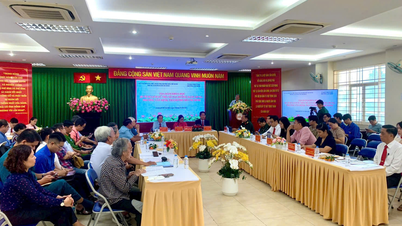




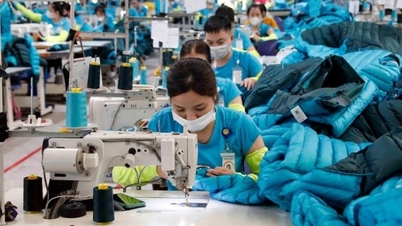


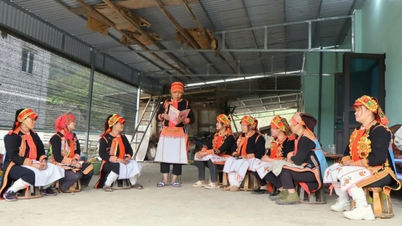











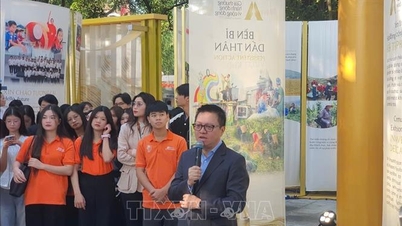
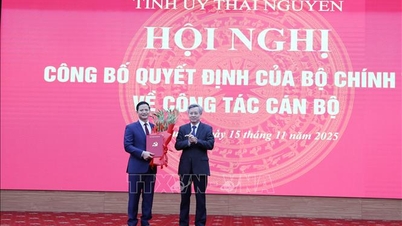





















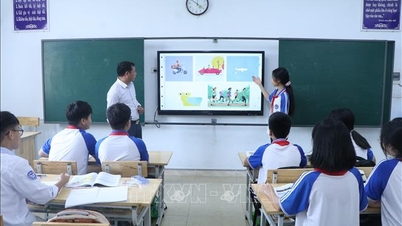
























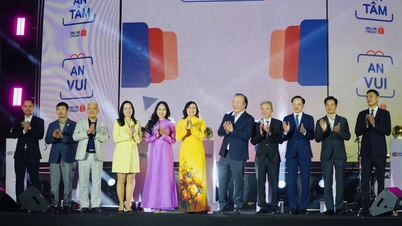







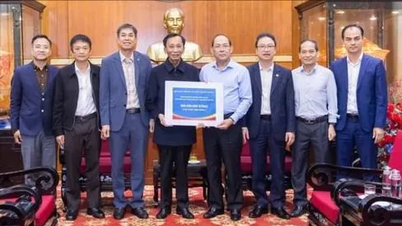

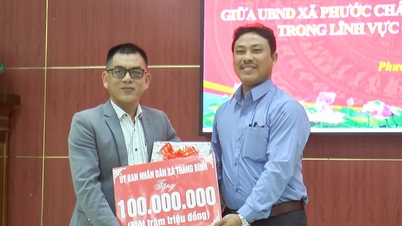

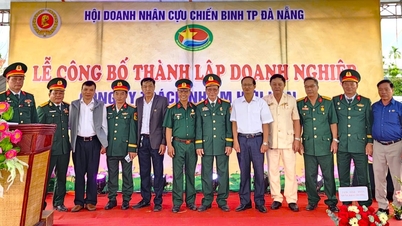
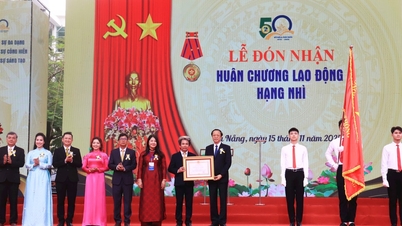

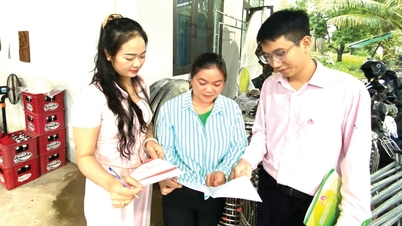












Comment (0)